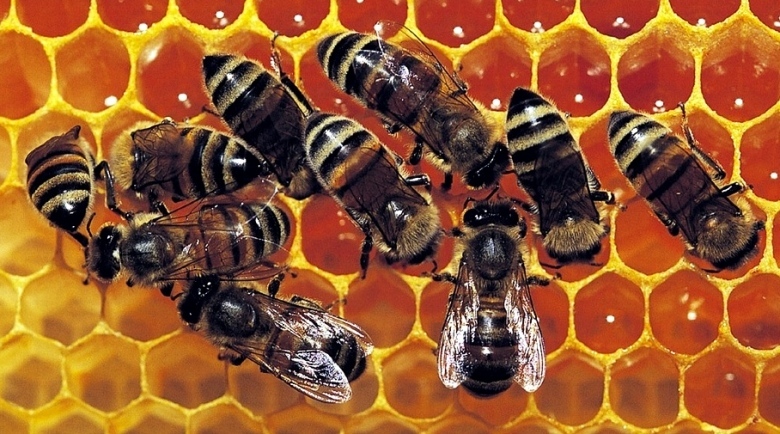
Scientists from the UK and Australia think their findings could help show links between nutrition, environment and the insects’ development. It could, they suggest, offer an insight into problems like Colony Collapse Disorder, a mysterious cause of mass bee deaths globally. The findings appear in Insect Biochemistry and Molecular Biology.
"Honey bees live in complex societies comprising tens of thousands of individuals," explained study co-author Paul Hurd from Queen Mary, University of London.
"Most of these are female ‘worker’ honeybees that are unable to reproduce and instead devote their short lives to finding food in flowers… and other tasks such as nursing larvae inside the hive."
But the hive has a queen as well – the much longer-lived, reproductive head of the hive,
"When the queen bee lays her eggs, worker bees can determine whether the resulting larvae are to become an adult worker bee or an adult queen bee," Dr Hurd said.
"The type of food the larvae is fed dictates the developmental outcome – larvae destined to become workers are fed a pollen and nectar diet, and those destined to become queens are fed royal jelly.
"This difference in feeding is maintained over the entire lifetime of the worker or queen bee."
